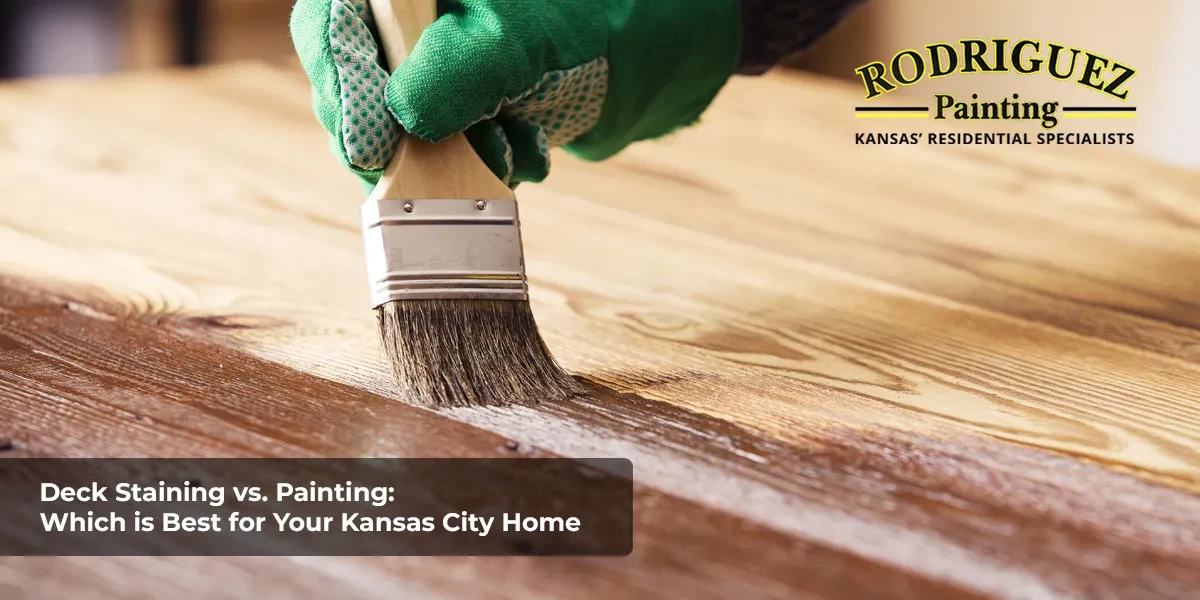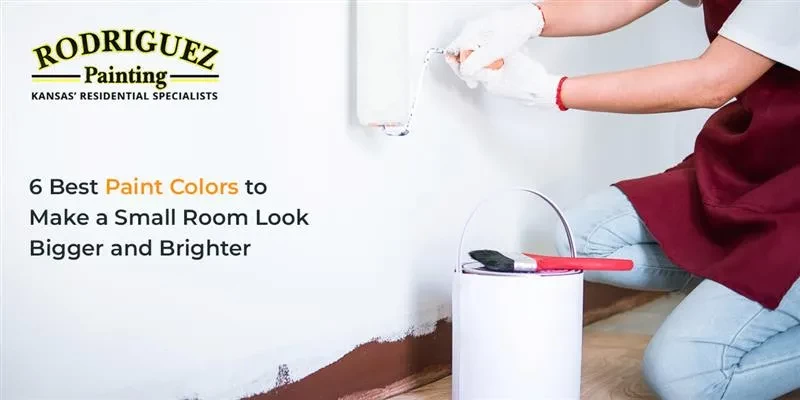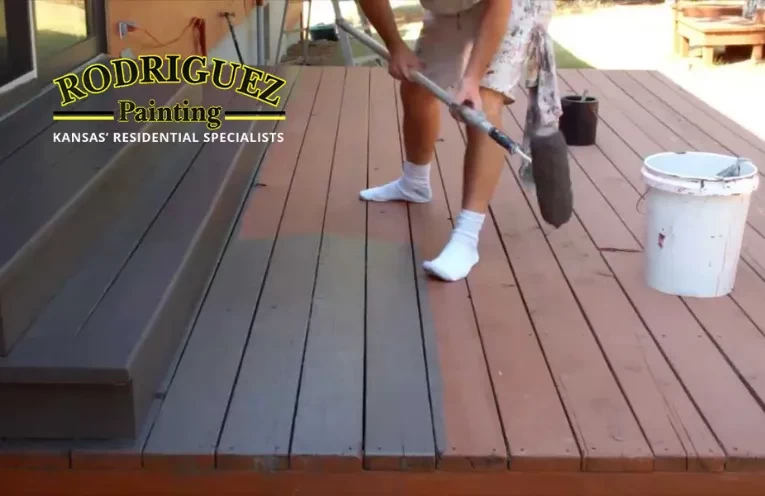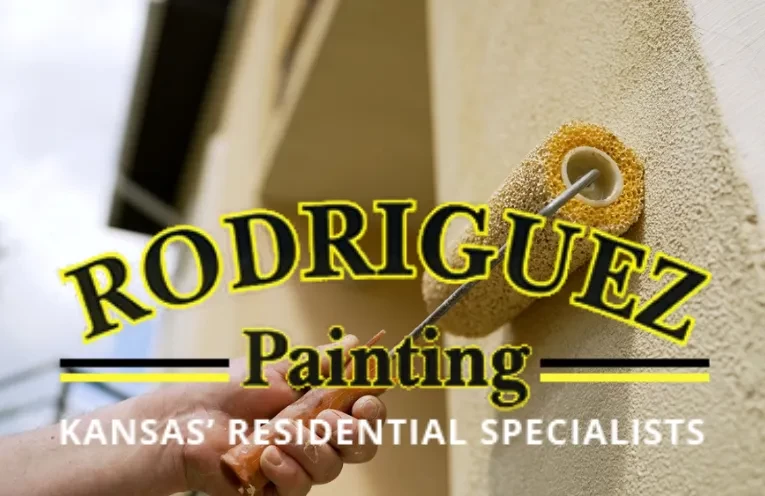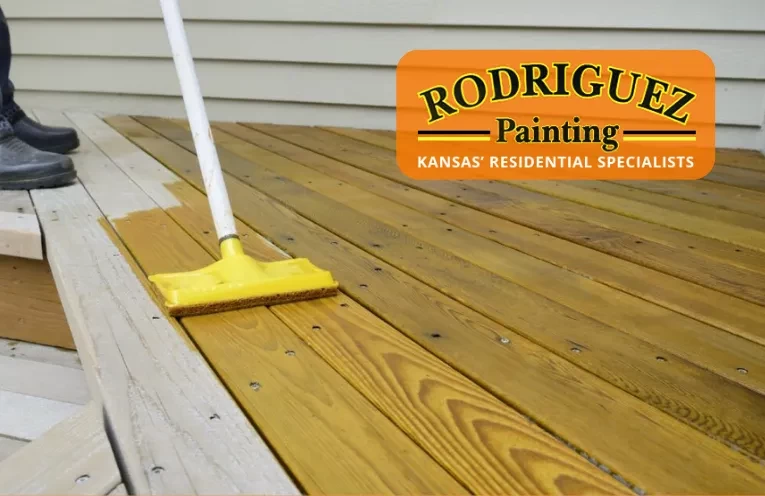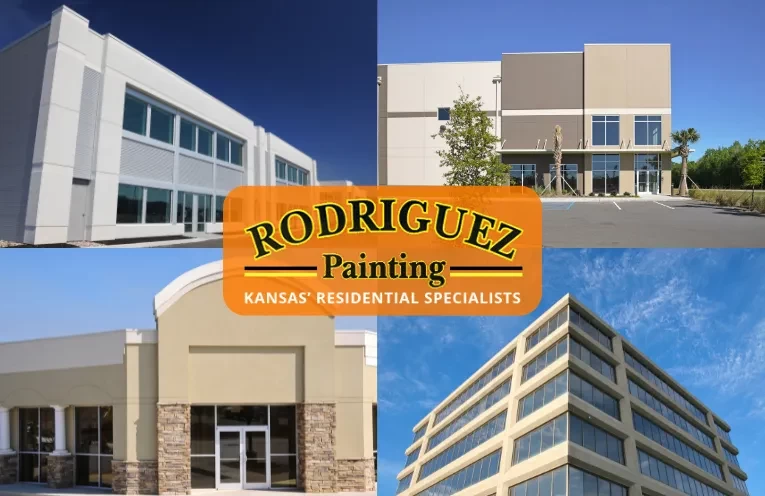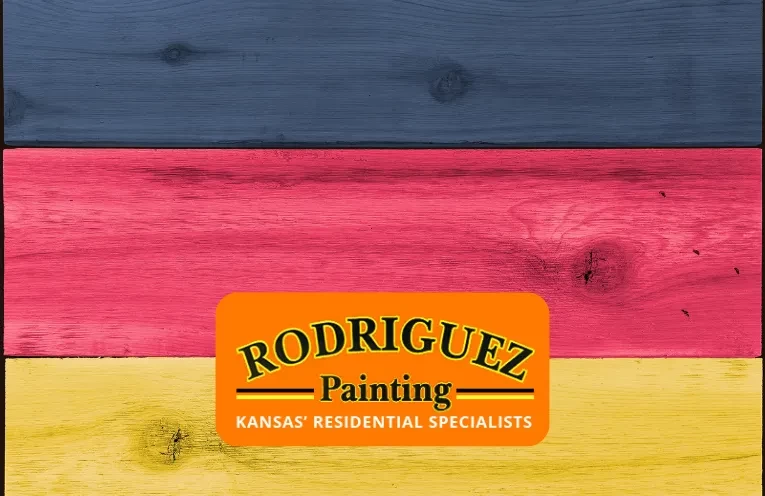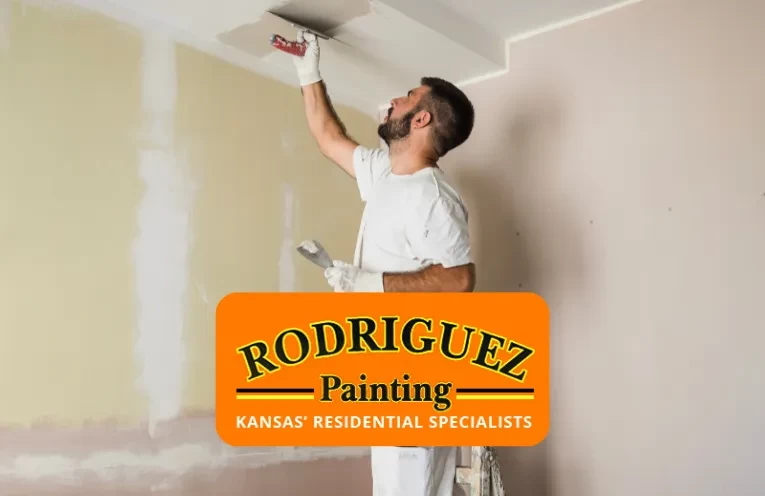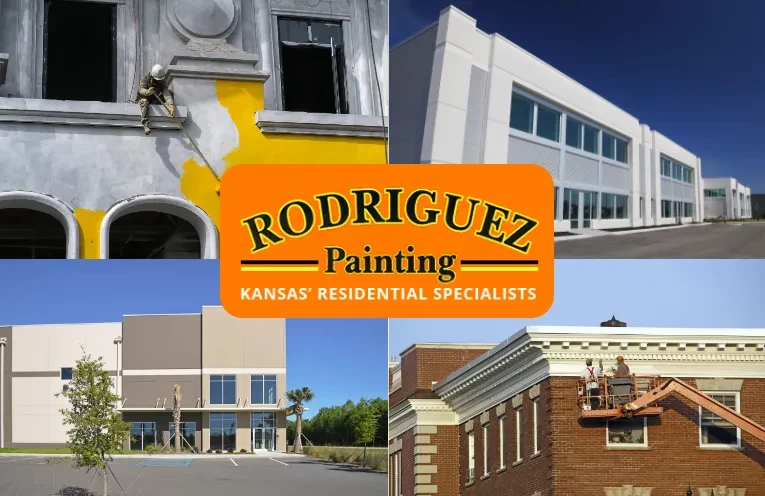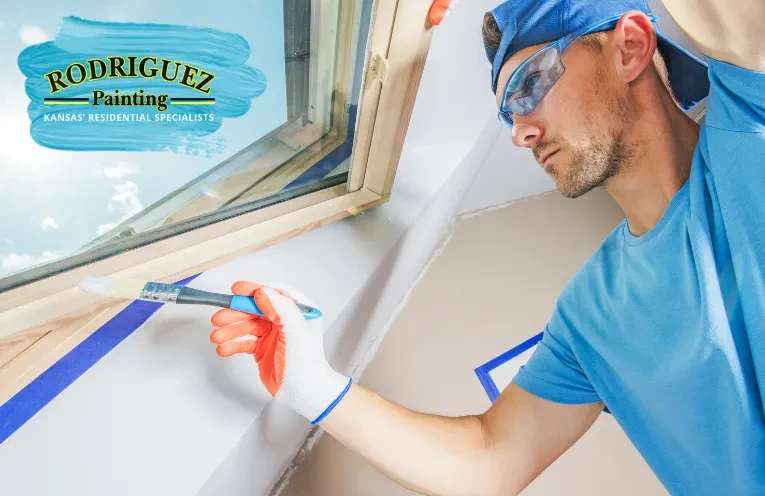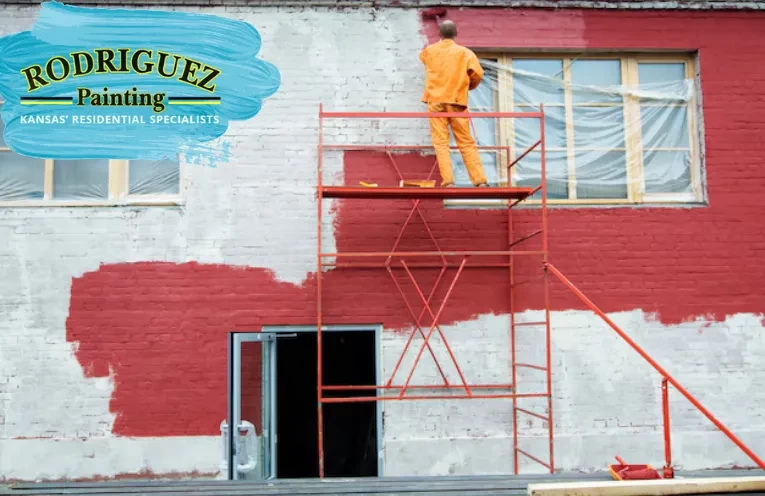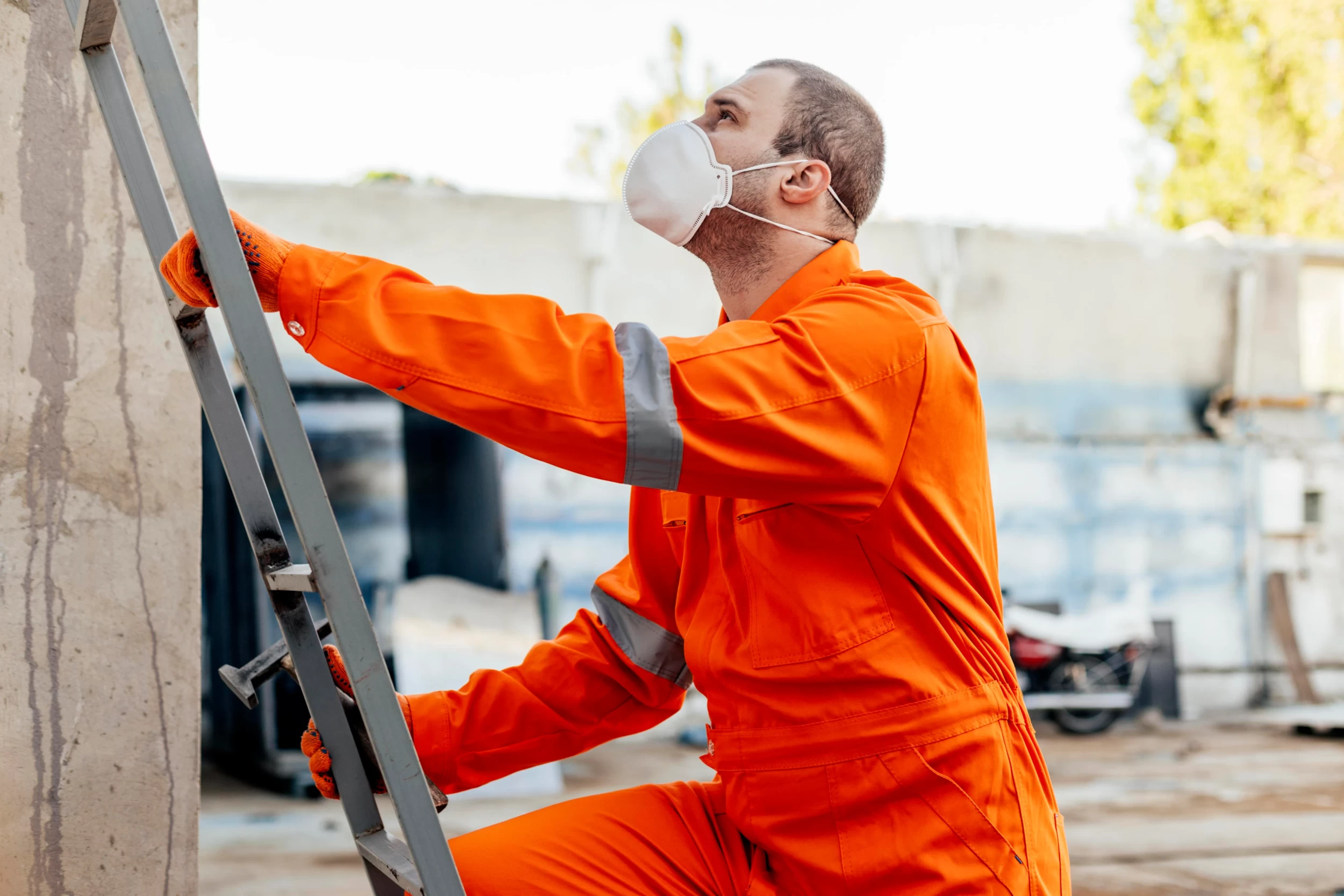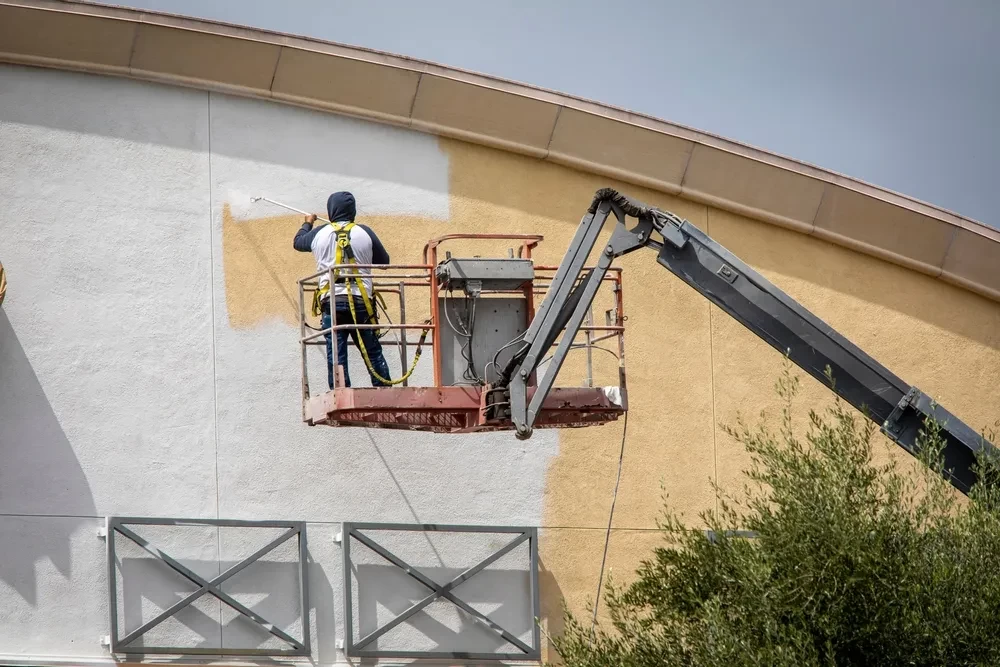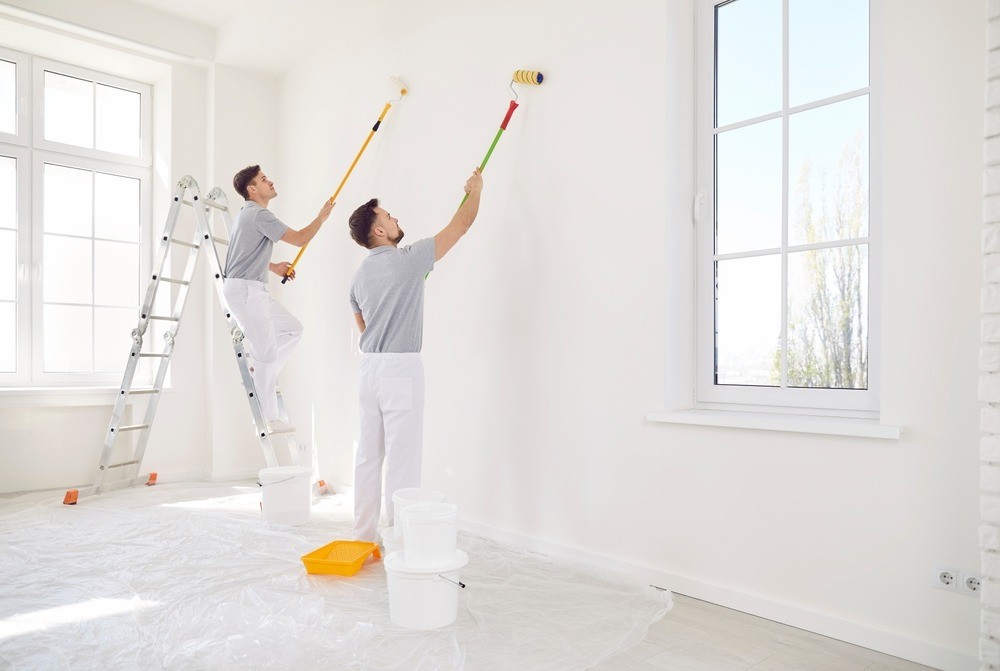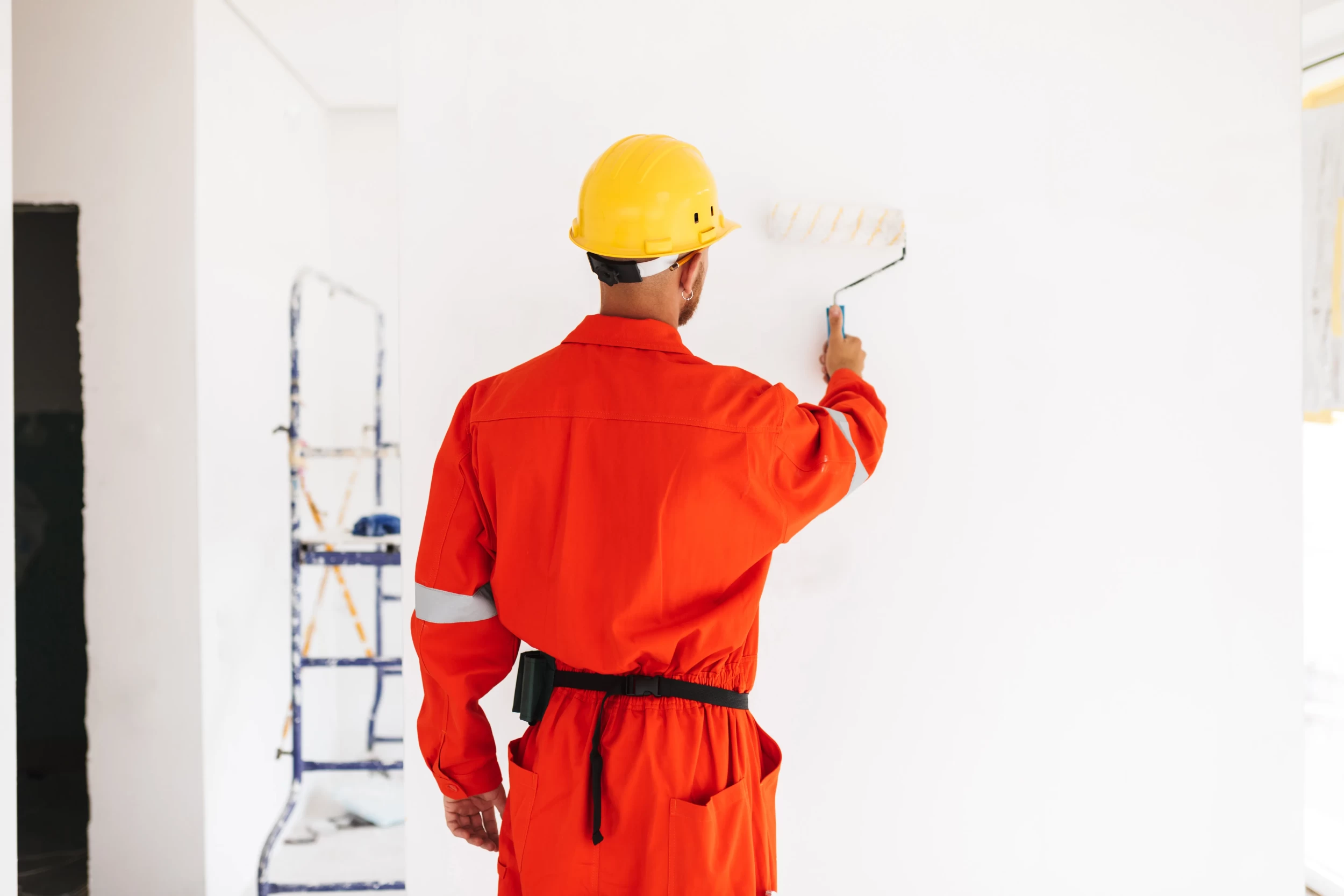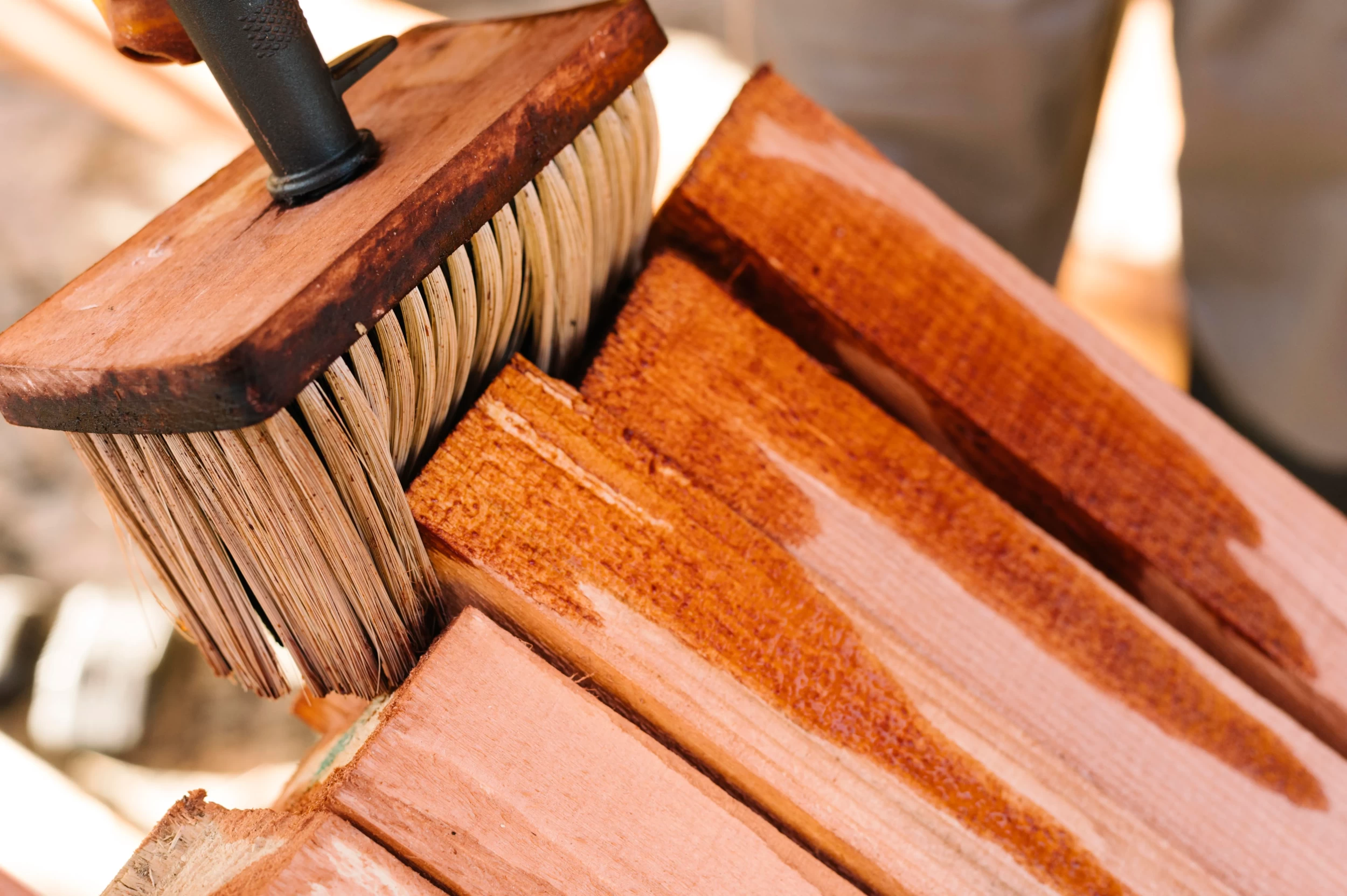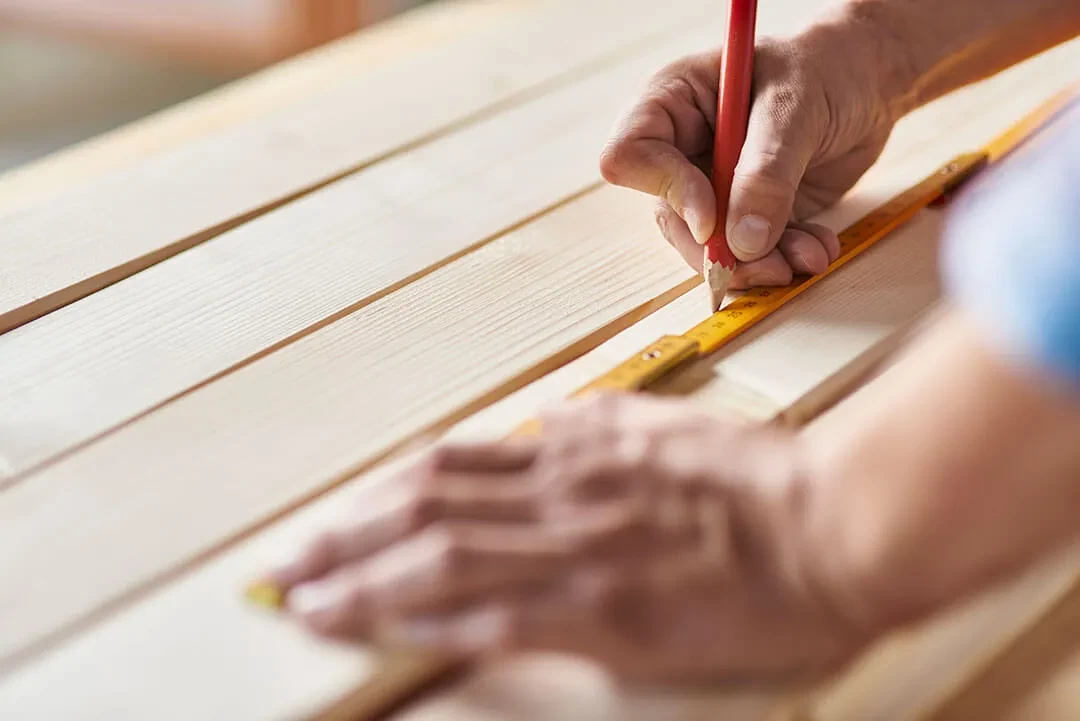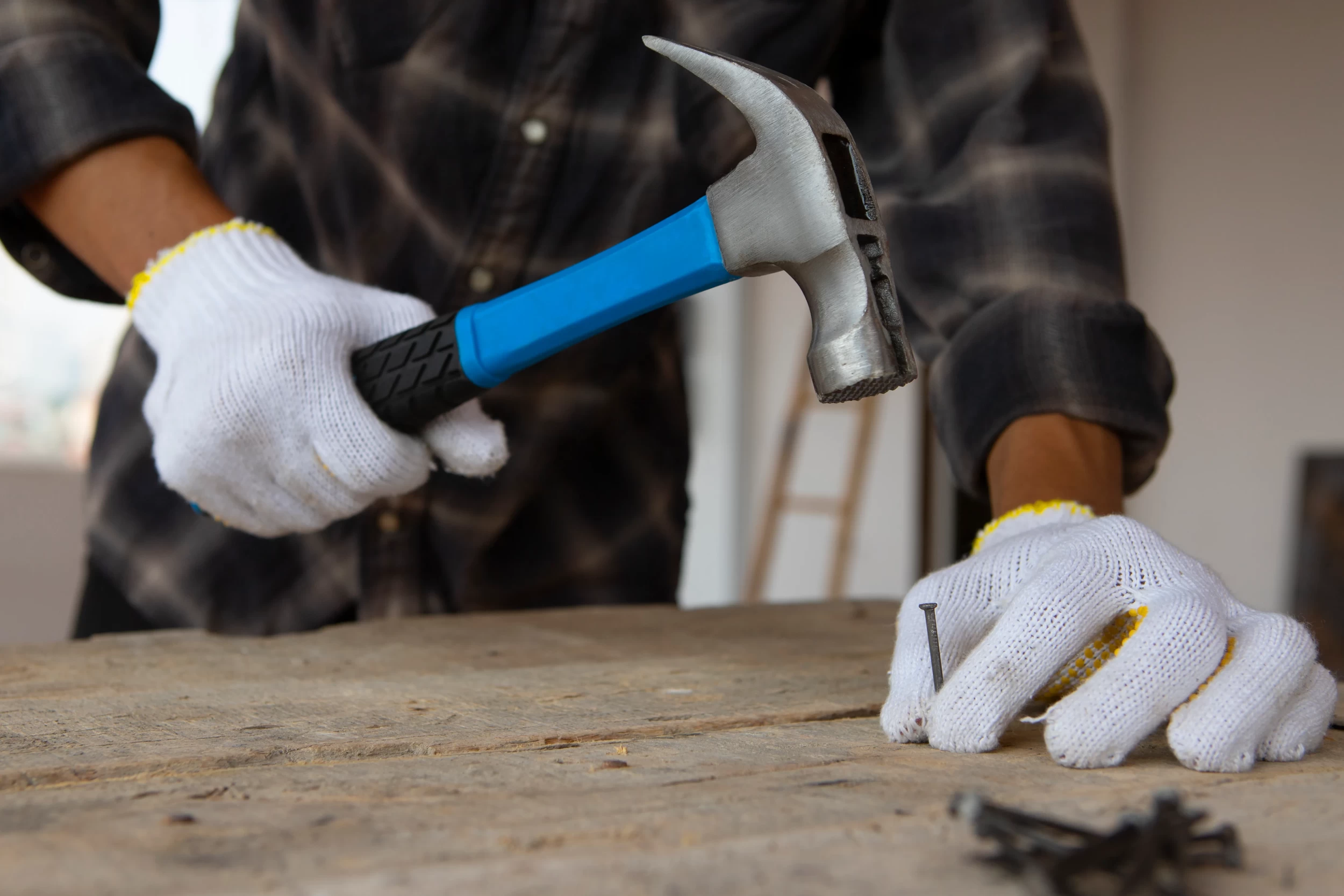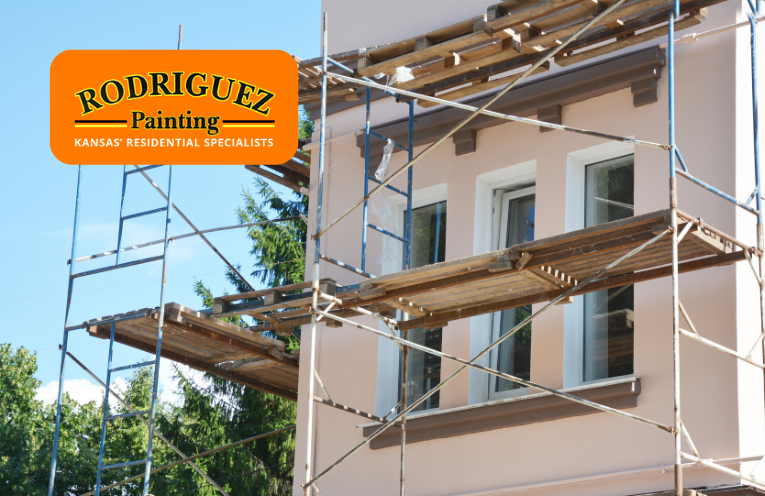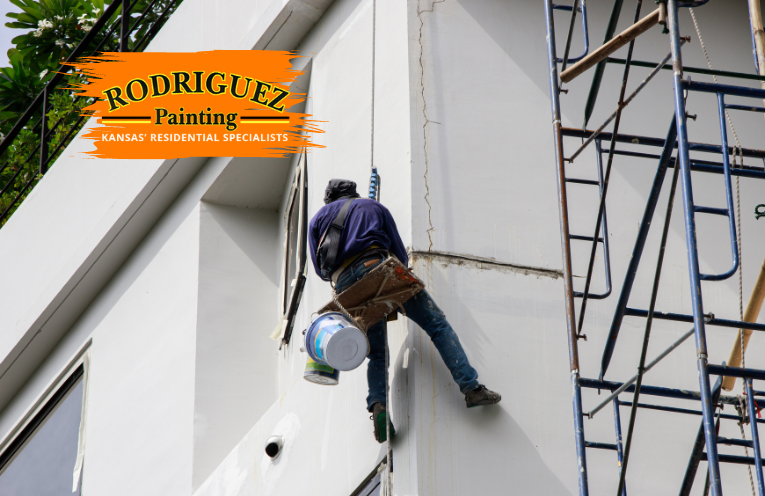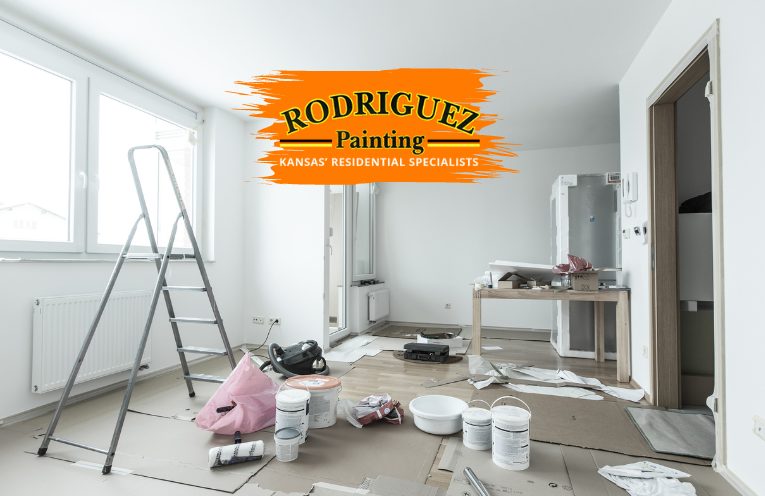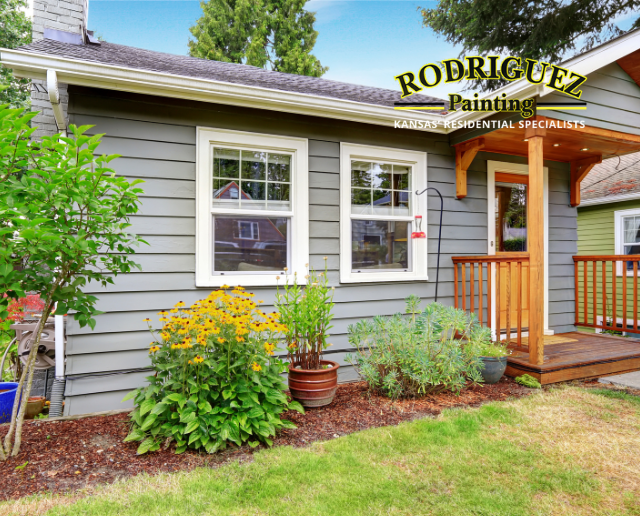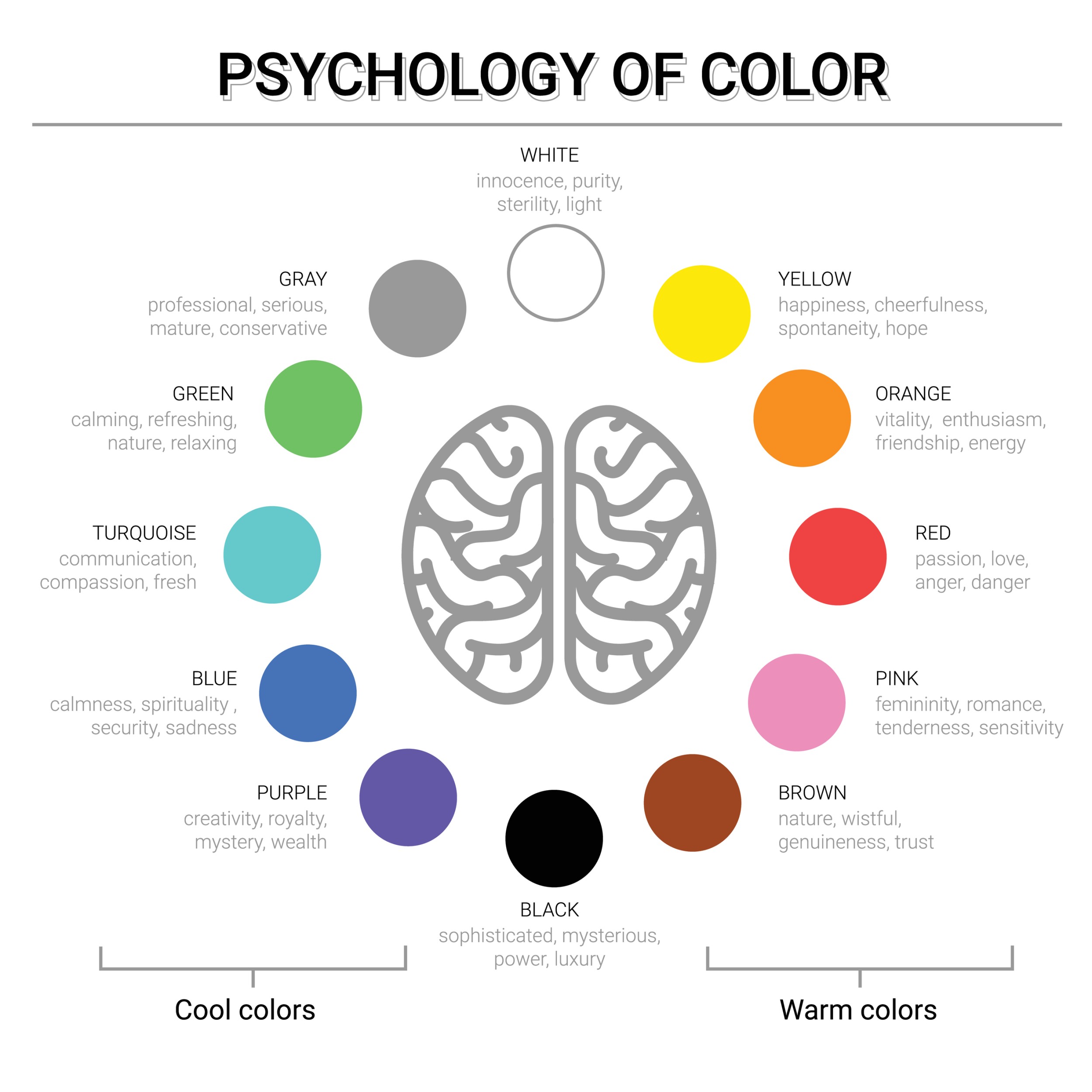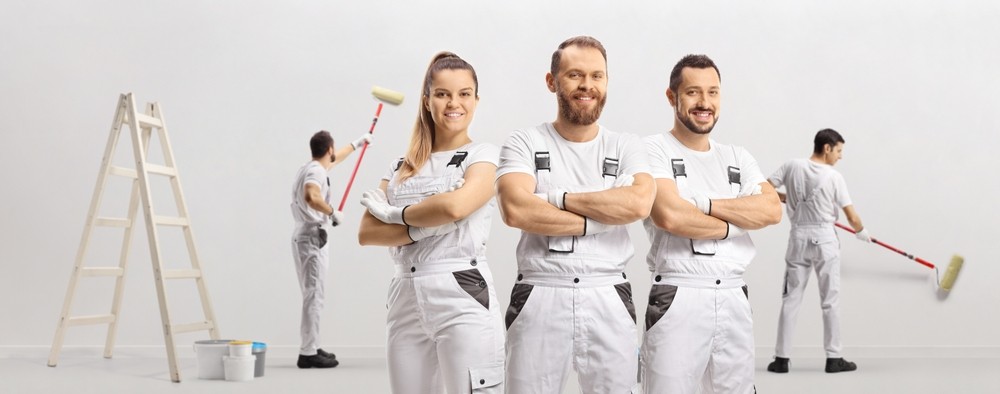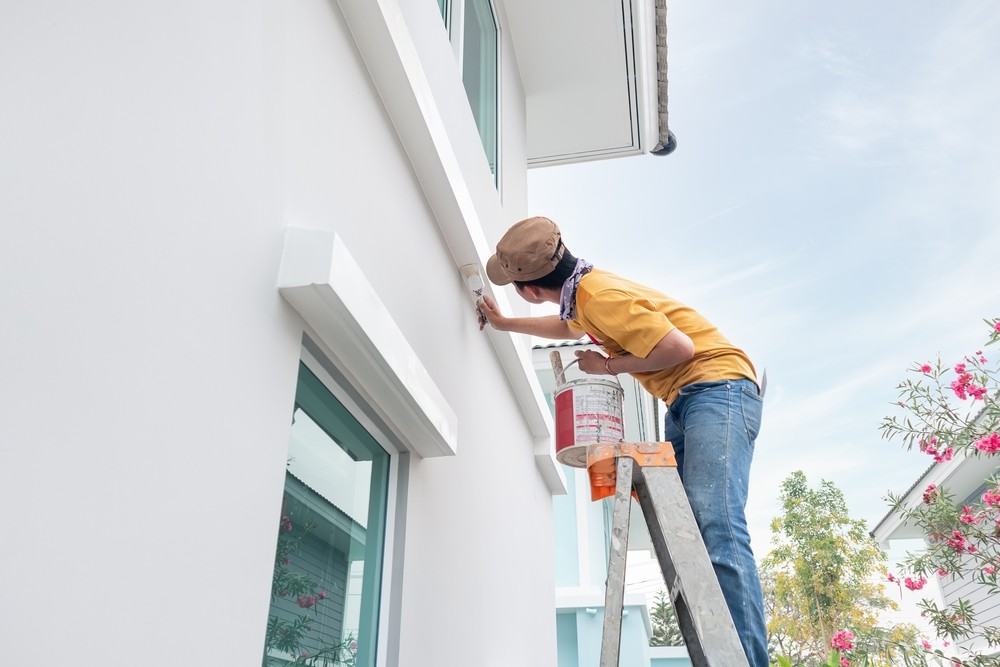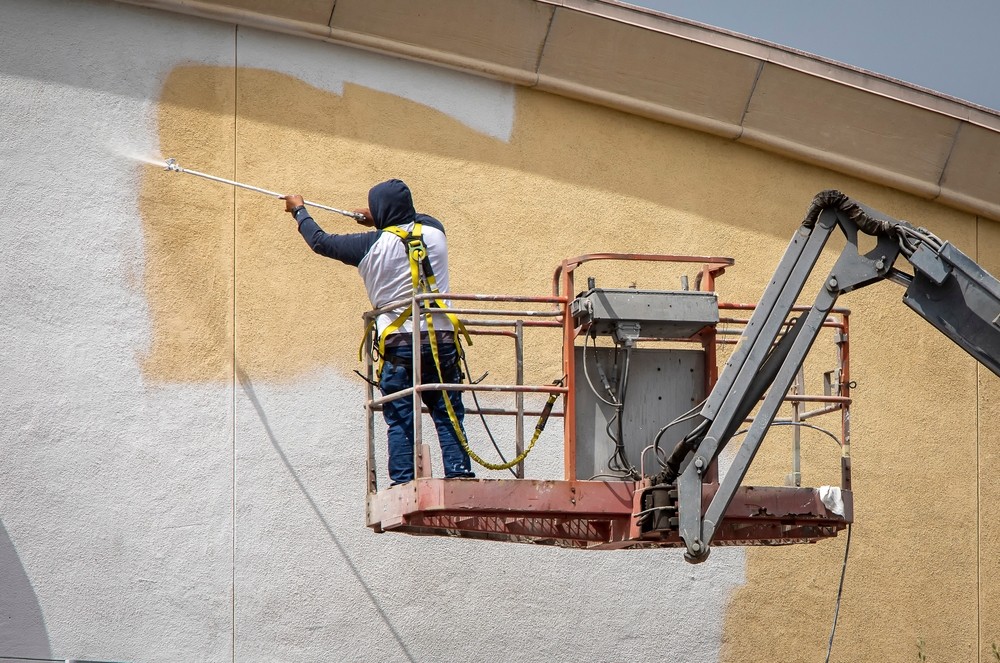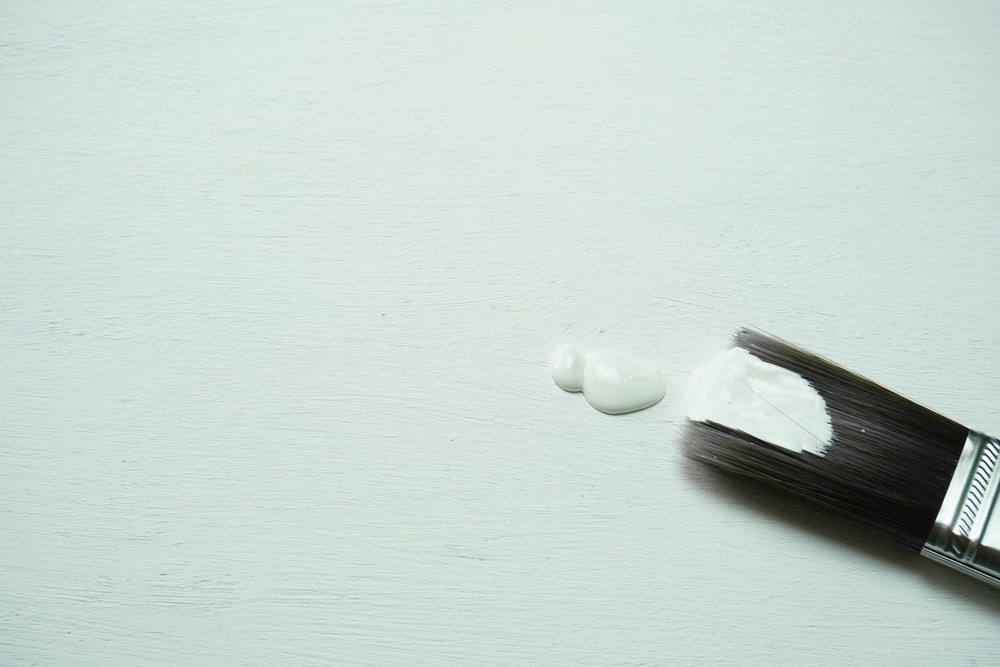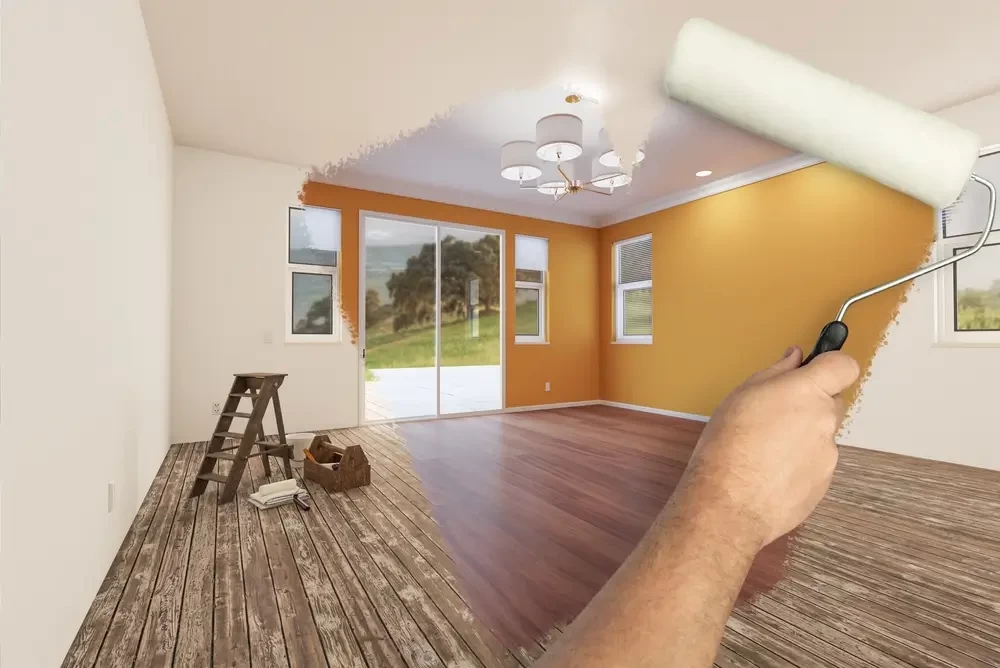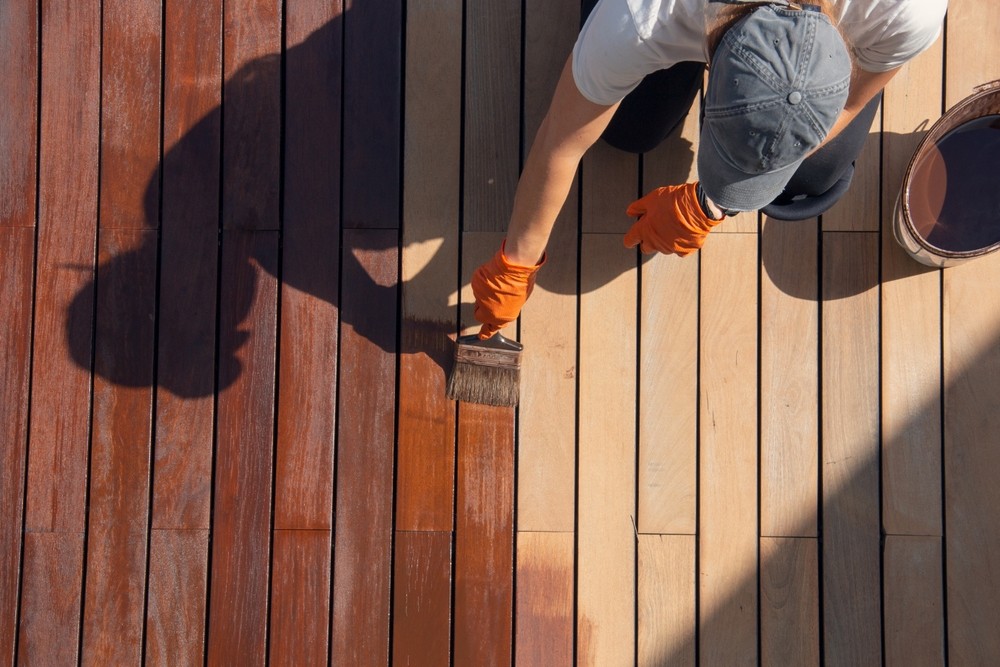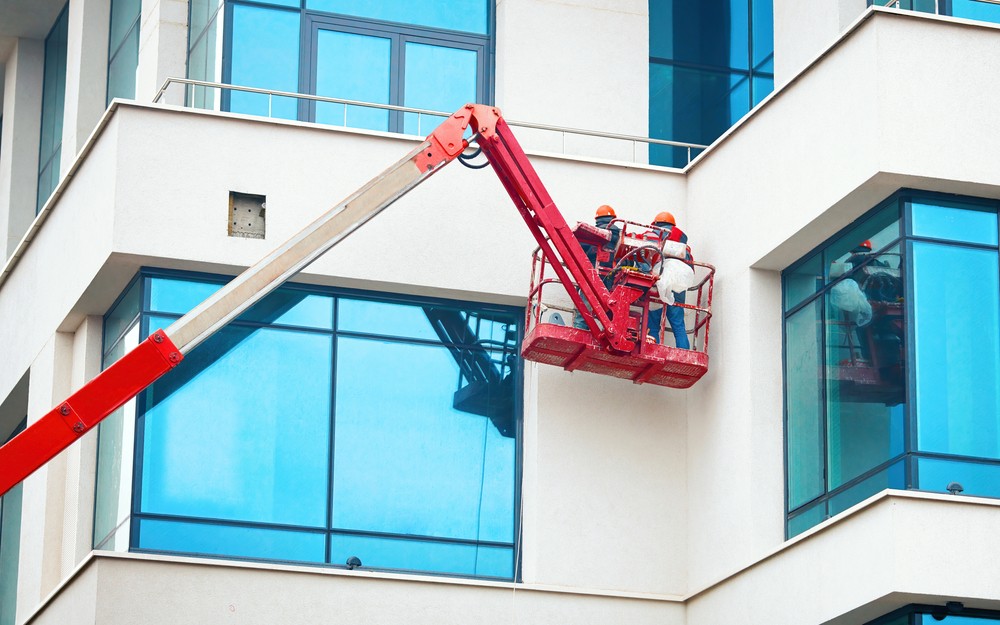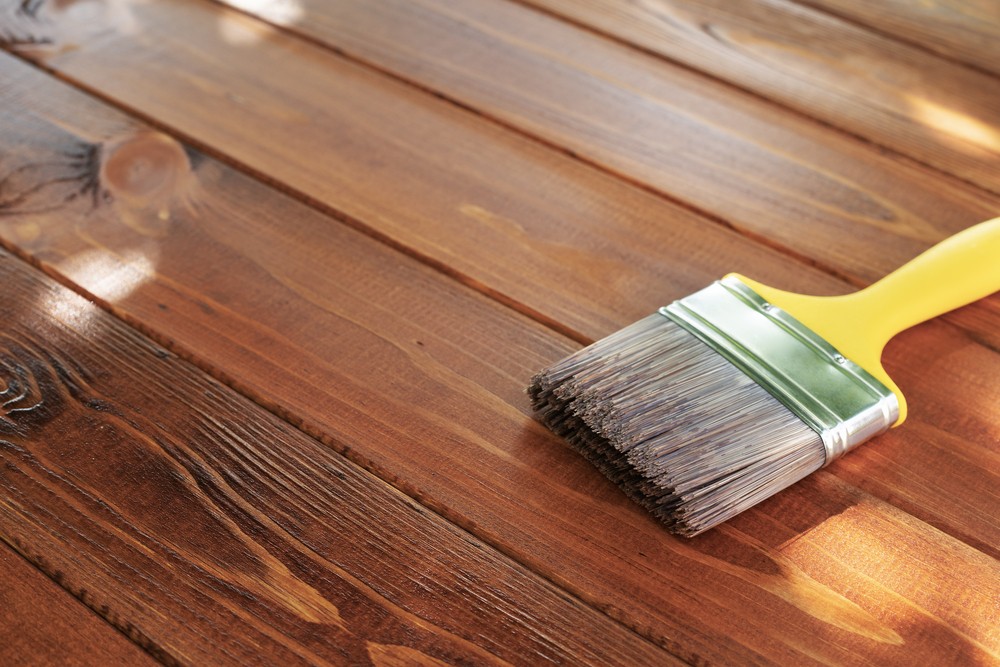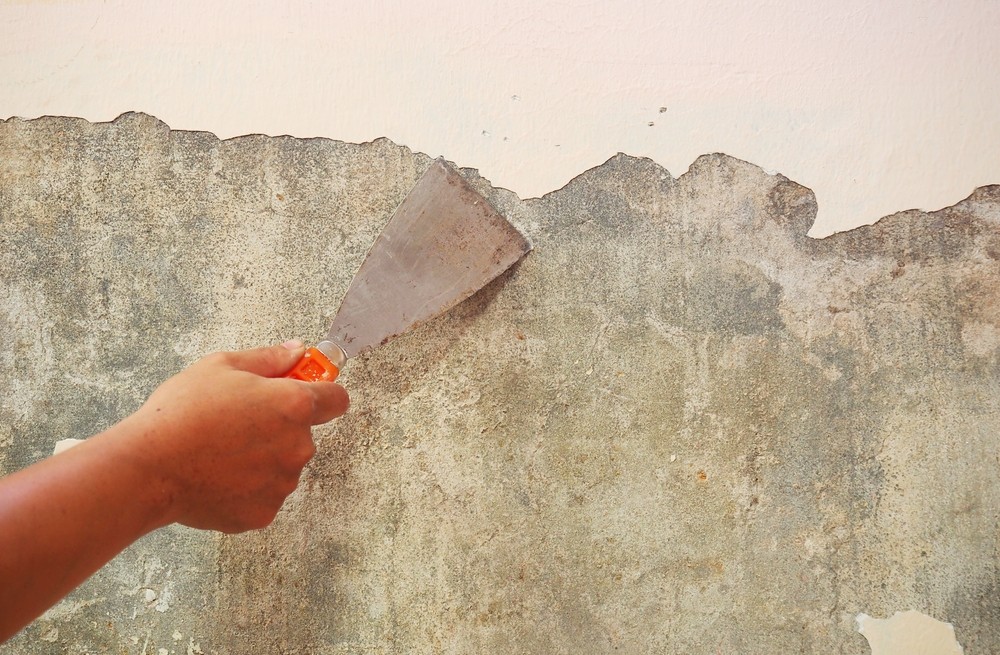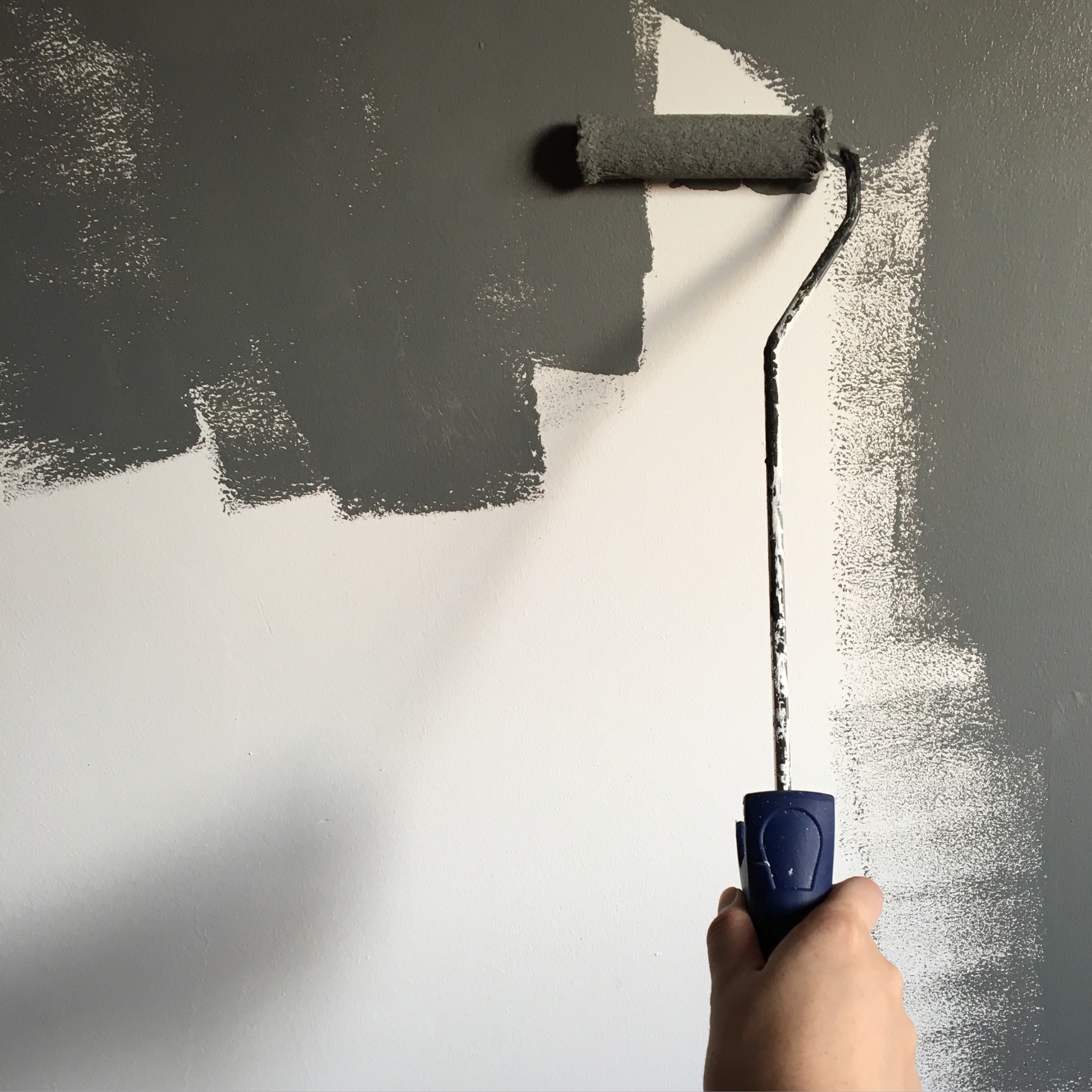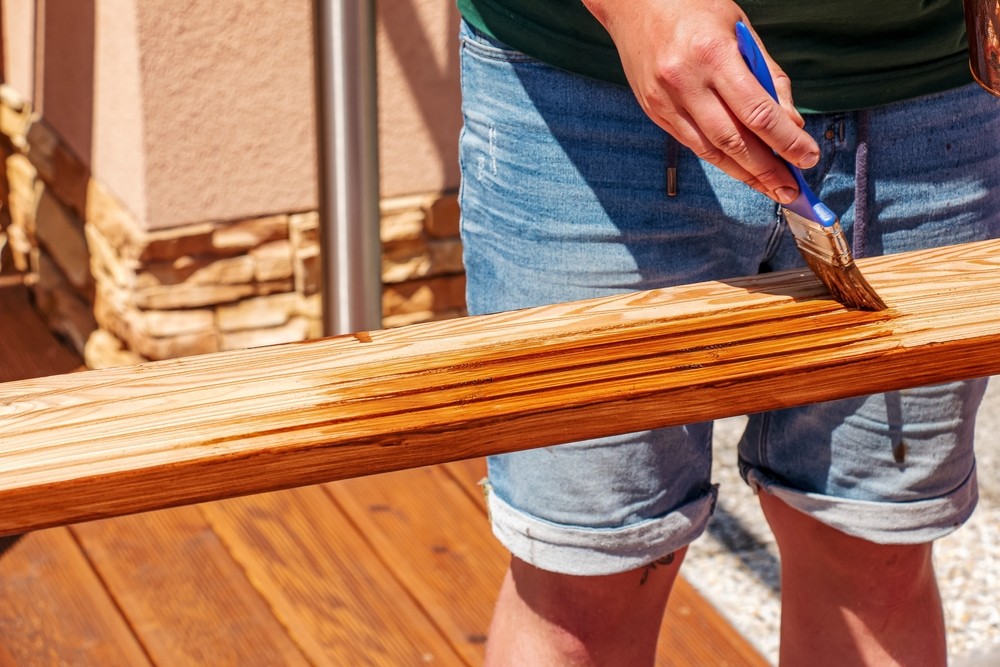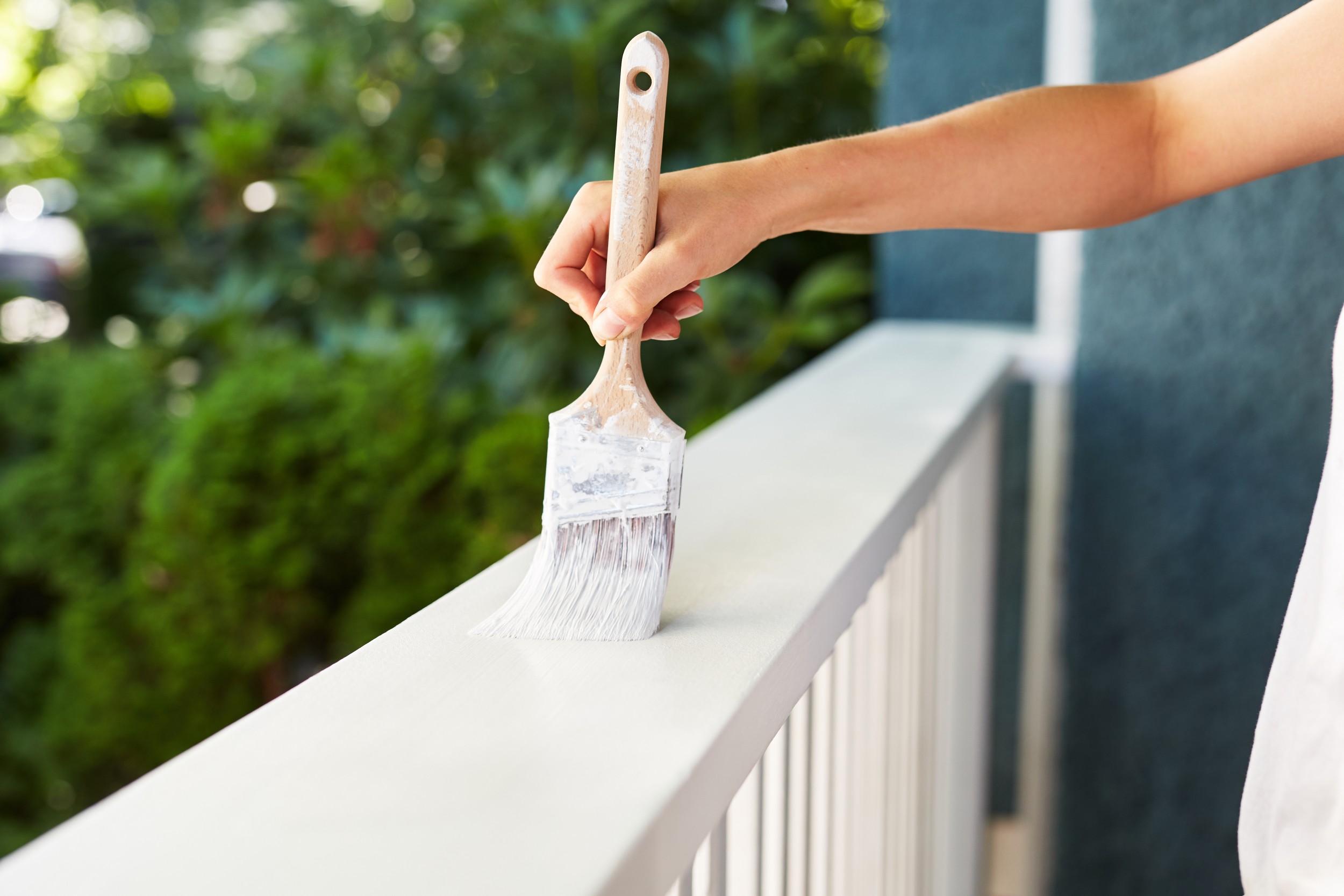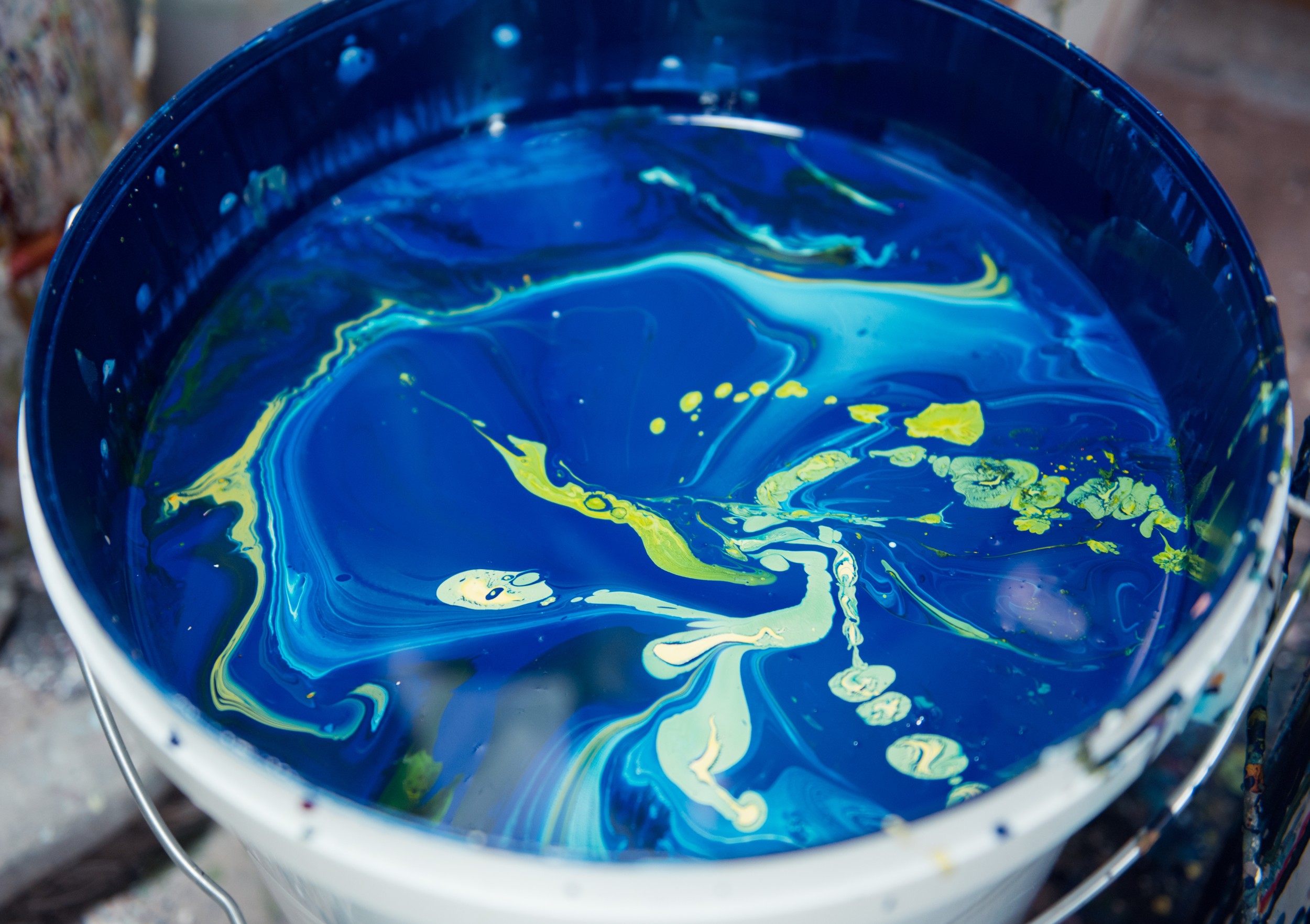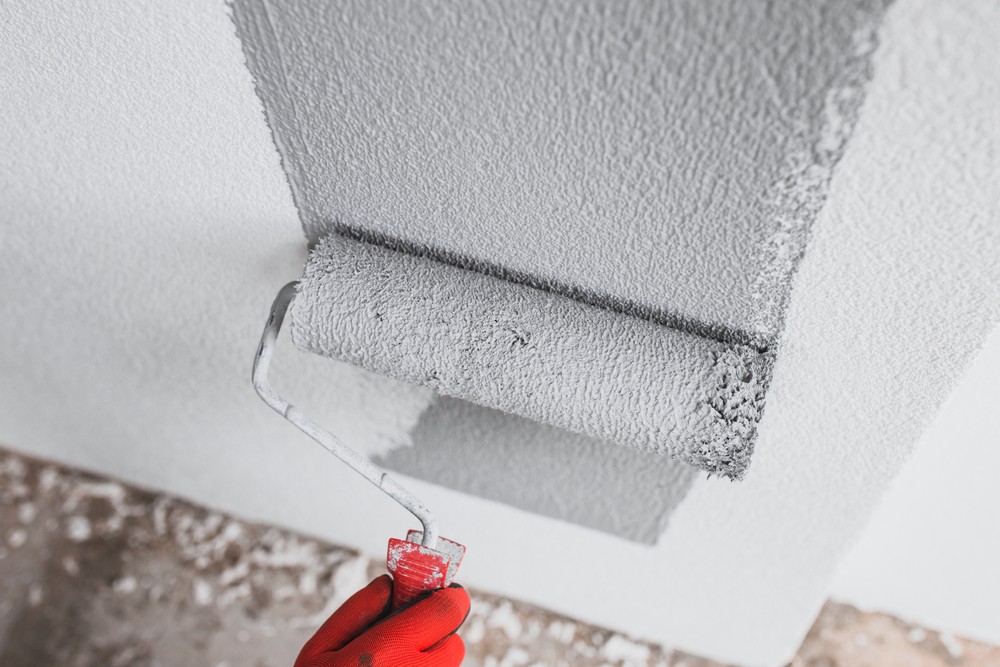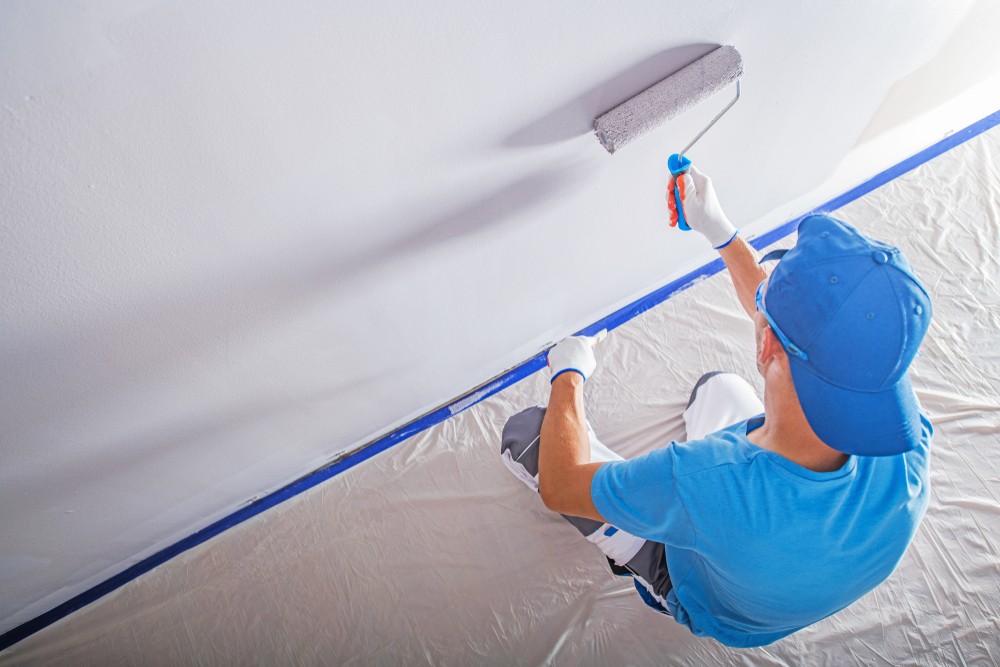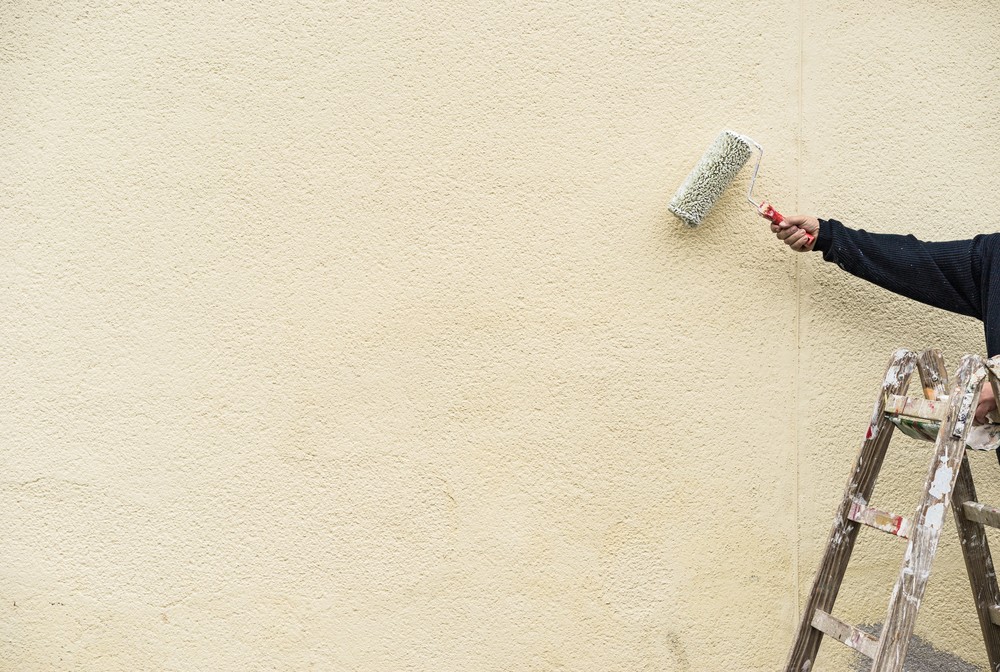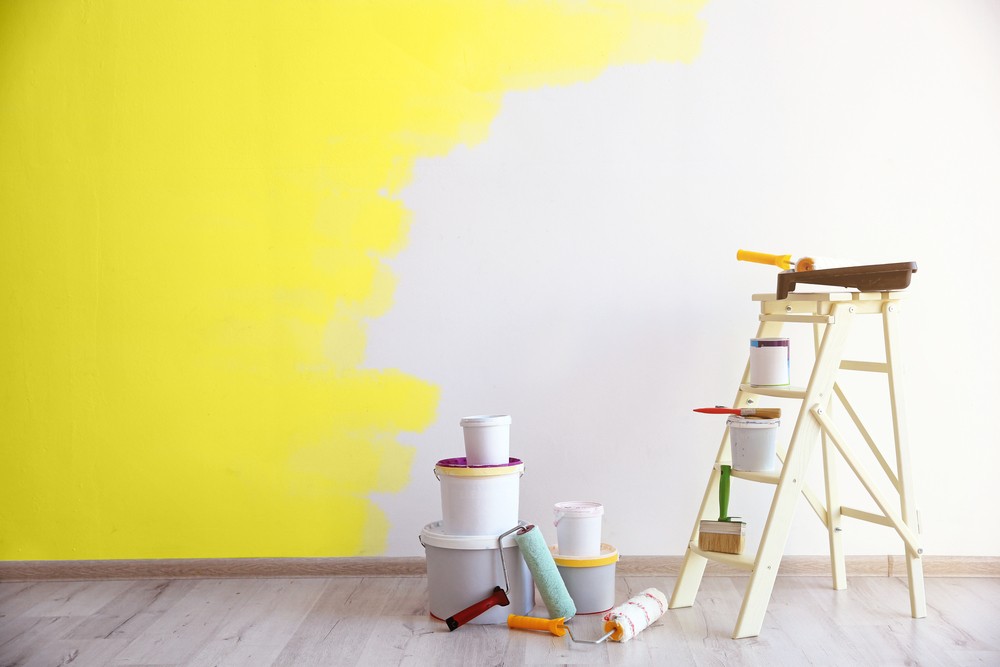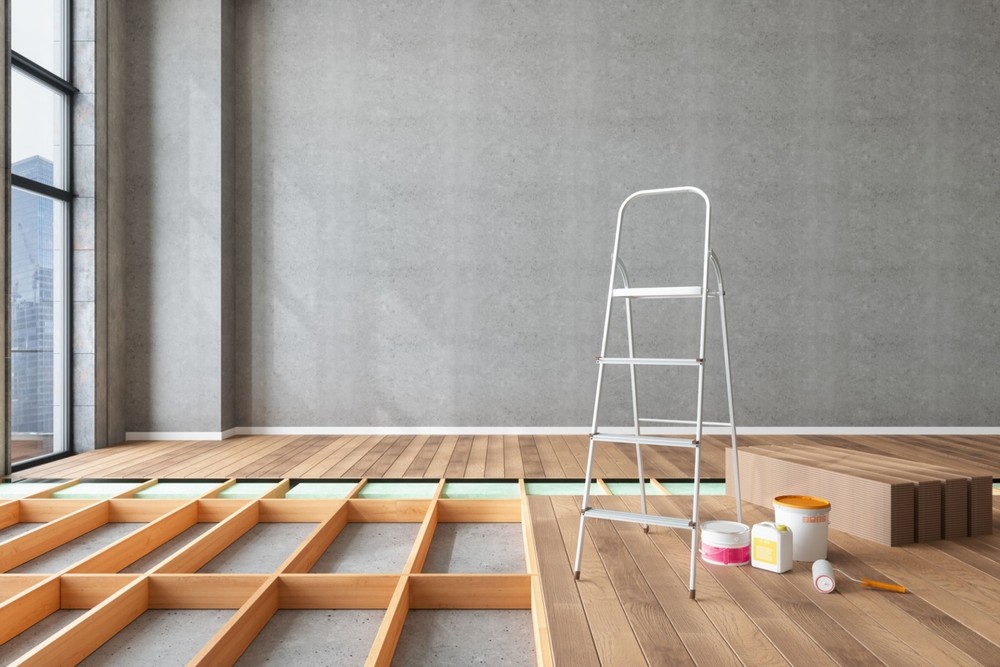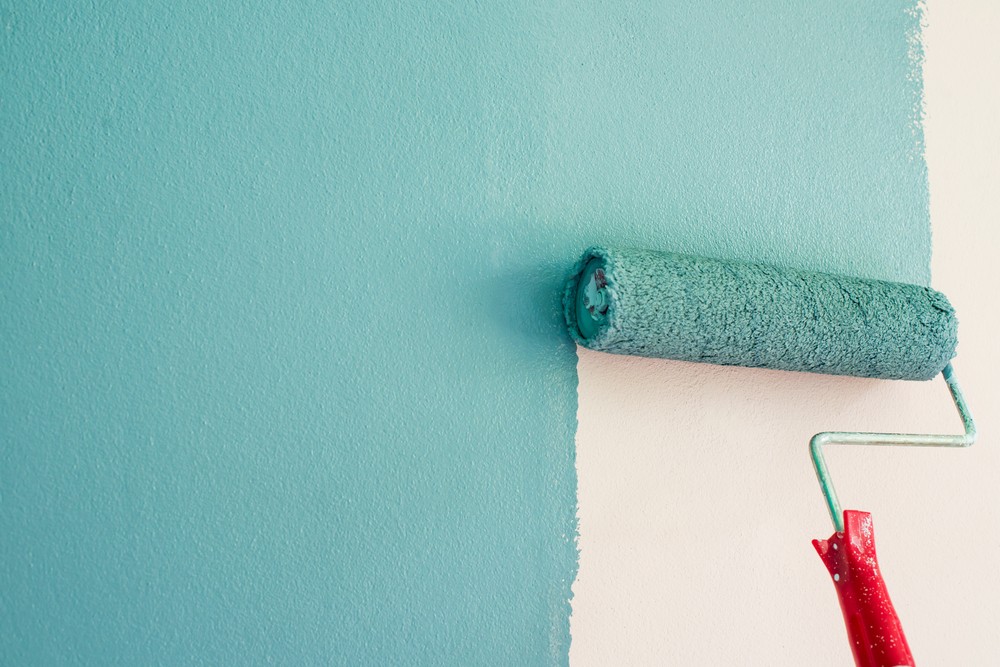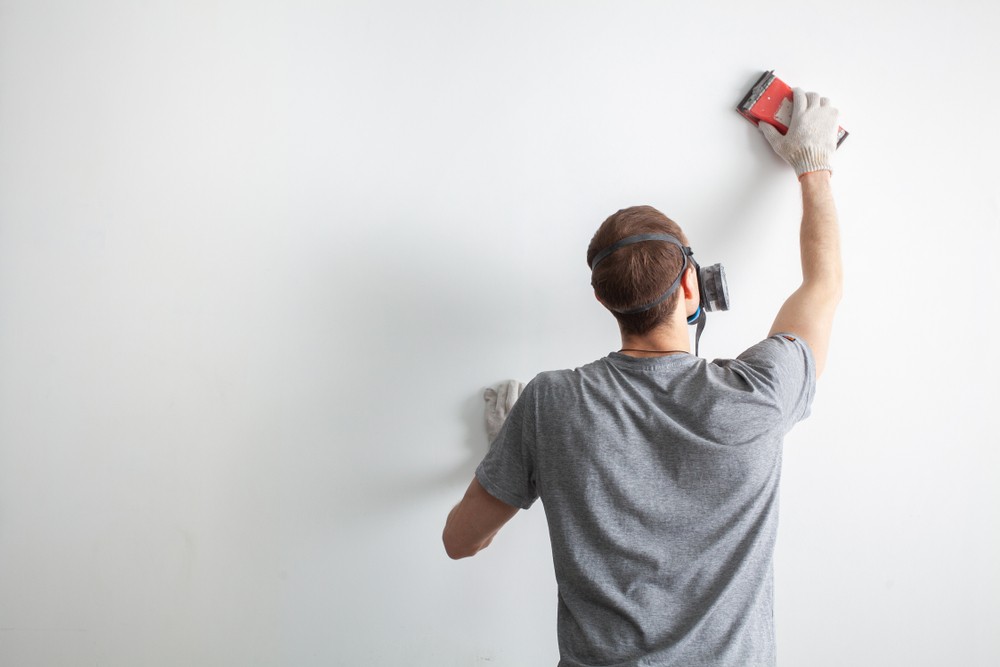
Poor adhesion, early peeling, and an unsatisfactory finish are some of the problems that might arise from skipping this phase. Here we will discuss the significance of surface preparation in commercial painting and how it might influence the final product.
Why is Surface Preparation Important in Commercial Painting?
It involves cleaning and priming the surface before painting. This procedure ensures a solid paint-substrate connection. Its preparation helps the paint adhere, prevent chipping and peeling, and retain its color and gloss.Improper surface preparation may cause several issues, including:
-
Improves Adhesion:
The paint may only adhere effectively if the surface is adequately prepared by cleaning and priming.
-
Premature Peeling:
Moisture and dirt on the surface may cause paint to peel prematurely.
-
Enhances Durability:
It helps produce a smooth, flat surface that resists wear and strain.
-
Stains and Discoloration:
The topcoat may reveal stains and discoloration if the surface needs cleaning and preparation.
-
Uneven Finish:
If the surface is smoothed or sanded, the topcoat will lie evenly, resulting in an uneven finish.
What are the Steps of Surface Preparation?
It usually comprises many phases, depending on the surface and paint state. Key surface-preparation procedures include:
-
Cleaning: Dirt, dust, and debris must be removed from the surface to ensure paint adherence.
-
Sanding: Sanding creates a rough texture that helps the paint stick. It also smooths surface flaws.
-
Priming: Priming before painting creates an equal foundation and enhances adherence.
-
Filling: Before painting, fix cracks, holes, and other defects that need to be filled with spackle.
-
Masking: To prevent overspray on windows and trim, mask them.
-
Painting the Surface: Painting is possible when the primer dries. Choose a good paint for the surface. Apply paint evenly in thin layers, allowing time to dry between applications.
-
Final Cleaning: After preparation, the surface should be cleaned to eliminate dust and dirt.
Benefits of Surface Preparation:
-
Longer Lifespan:
It extends paint longevity. Well-prepared surfaces help paint adhere, reducing peeling, cracking, and fading.
-
Better Appearance:
Proper surface preparation yields a smoother, more uniform paint finish. It might make the place seem more professional.
-
Time and Cost Savings:
It takes time but saves time and money in the long run. Properly prepared surfaces need fewer touch-ups and repairs, reducing the need for expensive repainting.
Common Surface Preparation Mistakes to Avoid:
-
Skipping Cleaning: Poor paint adherence and finish result from improper surface cleaning.
-
Overlooking Imperfections: Uneven surfaces will show through the paint if defects aren't fixed.
-
Using Poor-Quality Materials: Low-quality paint or primer might flake, fade, or stick poorly.
-
Rushing the Process: Shortcuts and rushing might result in blunders and poor quality.
Tools and Materials Needed for Surface Preparation:
-
Pressure washer or cleaning solution
-
Putty knife, spackle, or caulk
-
Sandpaper or power sander
-
Primer and paint
-
Brushes, rollers, or sprayers
-
Drop cloths or tarps to protect surrounding areas
-
Safety equipment, such as gloves, goggles, and masks.
Recommended Conclusion:
In commercial painting, surface preparation is an essential first step. It assists with adhesion, durability, cost-effectiveness, and aesthetics.
A professional, polished, and long-lasting result may be achieved by following the procedures and using the appropriate equipment. Before starting your next business painting job, take the time to prepare the surface thoroughly. The end effect will be long-lasting and aesthetically pleasing, bringing out the best in your company.

